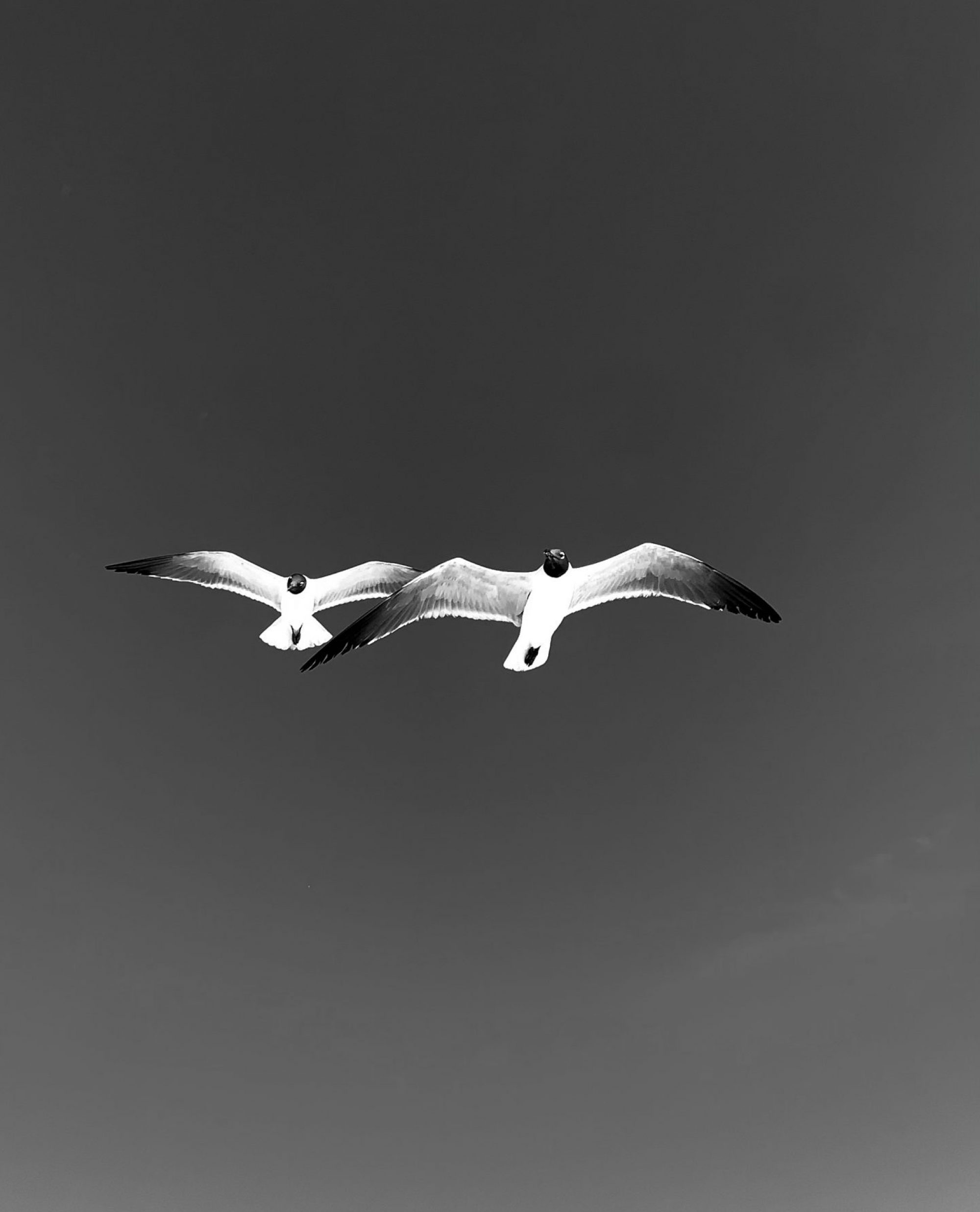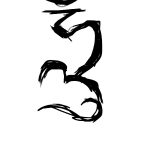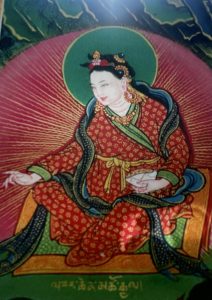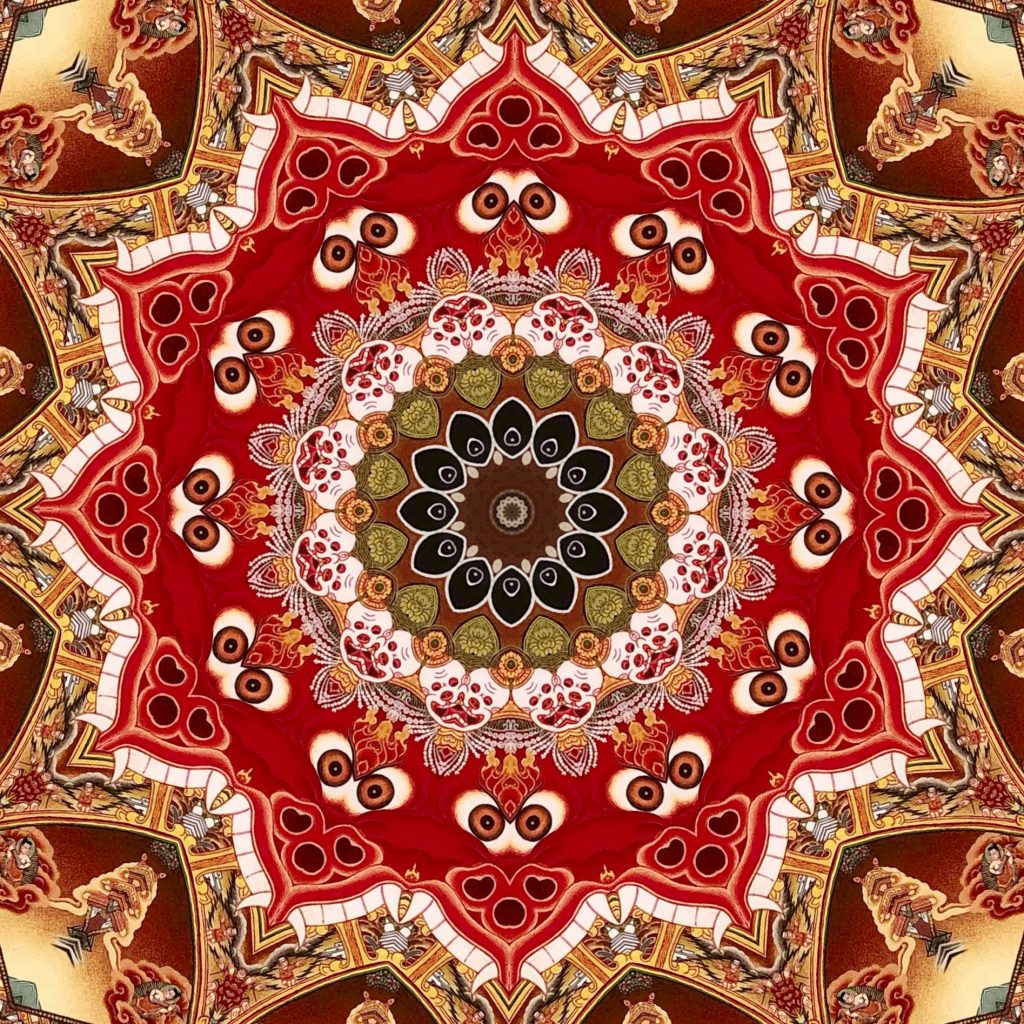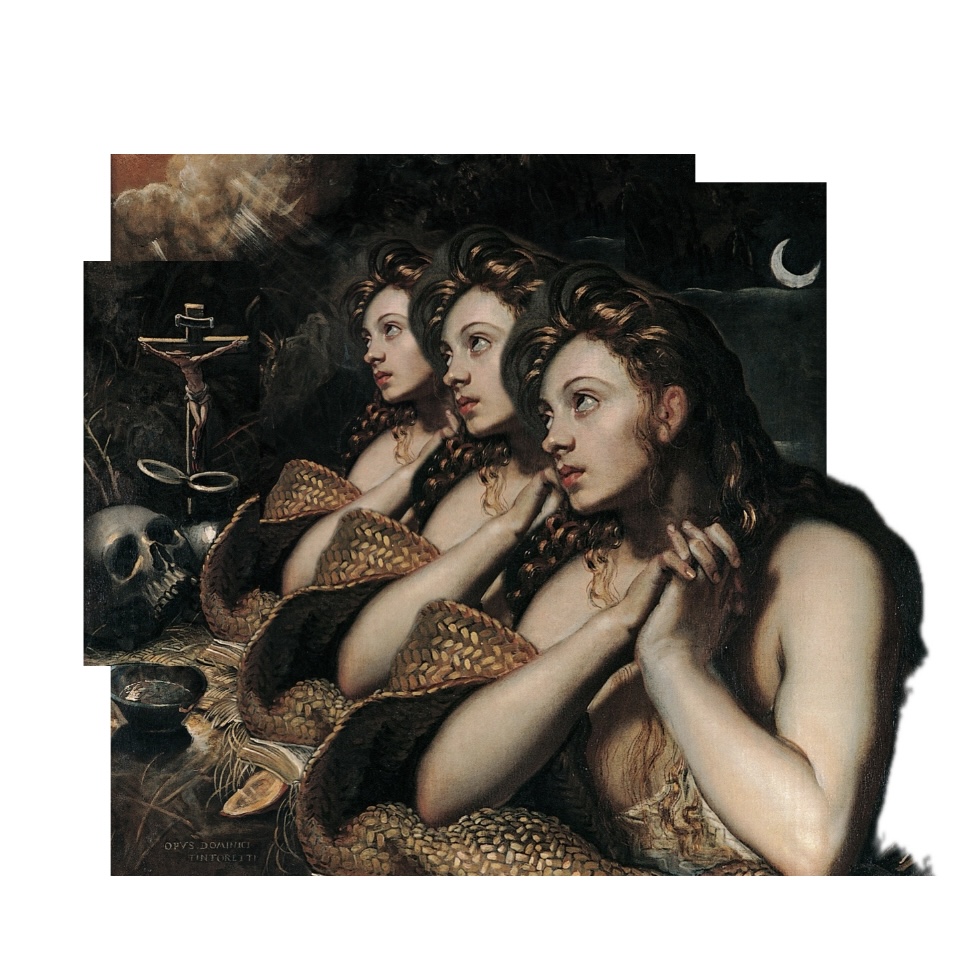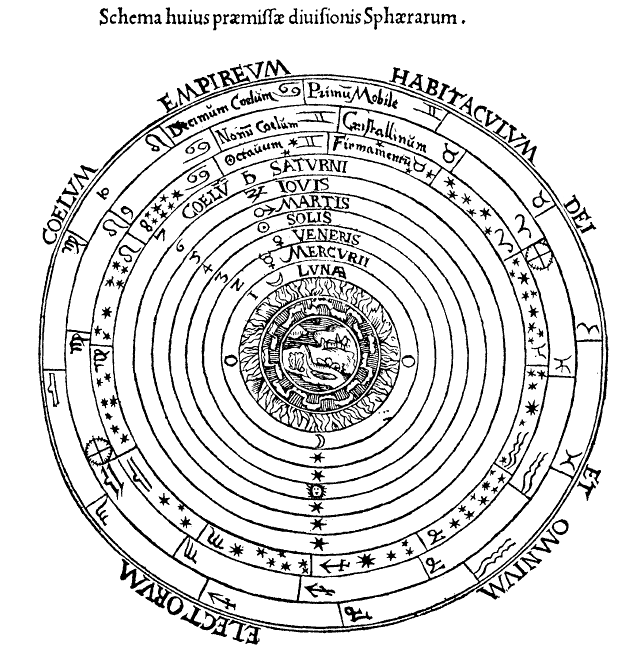From “The Heart of Meditation Discovering Innermost Awareness”
By: The Dalia Lama translated by J. Hopkins
Chapter 1 “Knowledge The Purpose of Concentration”
Subsection “Progress To Enlightenment” herein abridged
TADYATHA GATE GATE PARAGATE PARASAMGATE BODHI SVAHA.
This Sanskrit mantra translates as, “It is thus: Proceed, proceed, proceed beyond, thoroughly proceed beyond, be founded in enlightenment.”
Who is proceeding? It is the “I” that is designated in dependence upon the continuum of the mind. From what are you proceeding? You are moving away from cyclic existence, that state of being under the influence of contaminated actions and counterproductive emotions. To what are you proceeding? You are proceeding to buddhahood that is endowed with a truth body, forever free of suffering and the sources of suffering (afflictive emotions), as well as the predispositions established by afflictive emotions. Upon what causes and condition do you depend as you proceed? You are proceeding in dependence on a path that is a union of compassion and wisdom.
When Buddha says, “TADYATHA GATE GATE PARAGATE PARASAMGATE BODHI SVAHA” he is telling trainees to proceed over the five paths:
GATE – the path of accumulation [of merit]
GATE – the path of preparation
PARAGATE — the path of seeing [insight]
PARASAMGATE – the path of meditation
BODHI SVAHA — the path of no more learning
1. What is the initial path, the path of accumulation? It is that period when you mainly practice other-directed motivation and thereby accumulate great stores of merit. Also, although you are practicing a union of motivation and wisdom, your realization of emptiness has not reached the level where stabilizing meditation and analytical meditation are mutually supportive, called “a state arisen from meditation.” On this path, you achieve powerfully concentrated meditation , and are working toward a state arisen from meditation realizing emptiness. During this and the following path, you ascertain emptiness in the manner of a dualistic appearance of wisdom and the emptiness being realized.
2. At the point at which you achieve a state of wisdom arisen from meditation realizing emptiness, you pass to the path of preparation.
3. Eventually emptiness is realized directly, without even subtle contamination from dualistic appearance, which has vanished. This is the beginning of the path of seeing — the path of initial direct realization of the truth concerning the deep nature of phenomena, passing beyond the mundane level to the supramundane level of the path of seeing in which dualistic appearance has vanished. At this point in the Great Vehicle, the ten bodhisattva levels (called “grounds” because on them special spiritual qualities are engendered, like plants, growing on the earth) begin.
4. Meditation must take place repeatedly over a long period of time, this phase of the path is called the path of meditation. Indeed, you have meditated on emptiness earlier, but the path of meditation refers to a path of extended familiarization.)
5. Now, through using the diamond-like concentrated meditation achieved at the end of the ten bodhisattva grounds — the culmination of still having obstructions yet to be overcome — you can effectively undermine the very subtle obstacles to omniscience. The next moment of your mind becomes an omniscient consciousness, and simultaneously the deep nature of the mind becomes the nature body of a buddha. This is the fifth and final path, the path of no more learning. From the very subtle wind, or energy — which is one entity with that mind – various pure and impure physical forms spontancously spring forth to assist sentient beings; these are called the form bodies of a buddha. This is buddhahood, a state of being a source of help and happiness for all sentient beings.
That is a brief explanation of emptiness, the object with respect to which a practitioner first develops the wisdom arisen from hearing, then ascertains it with the wisdom arisen from thinking, and finally in dependence, upon meditation on it, proceeds over the stages of the path.
Thus, in order to develop wisdom to higher and higher states, it is necessary to train.

